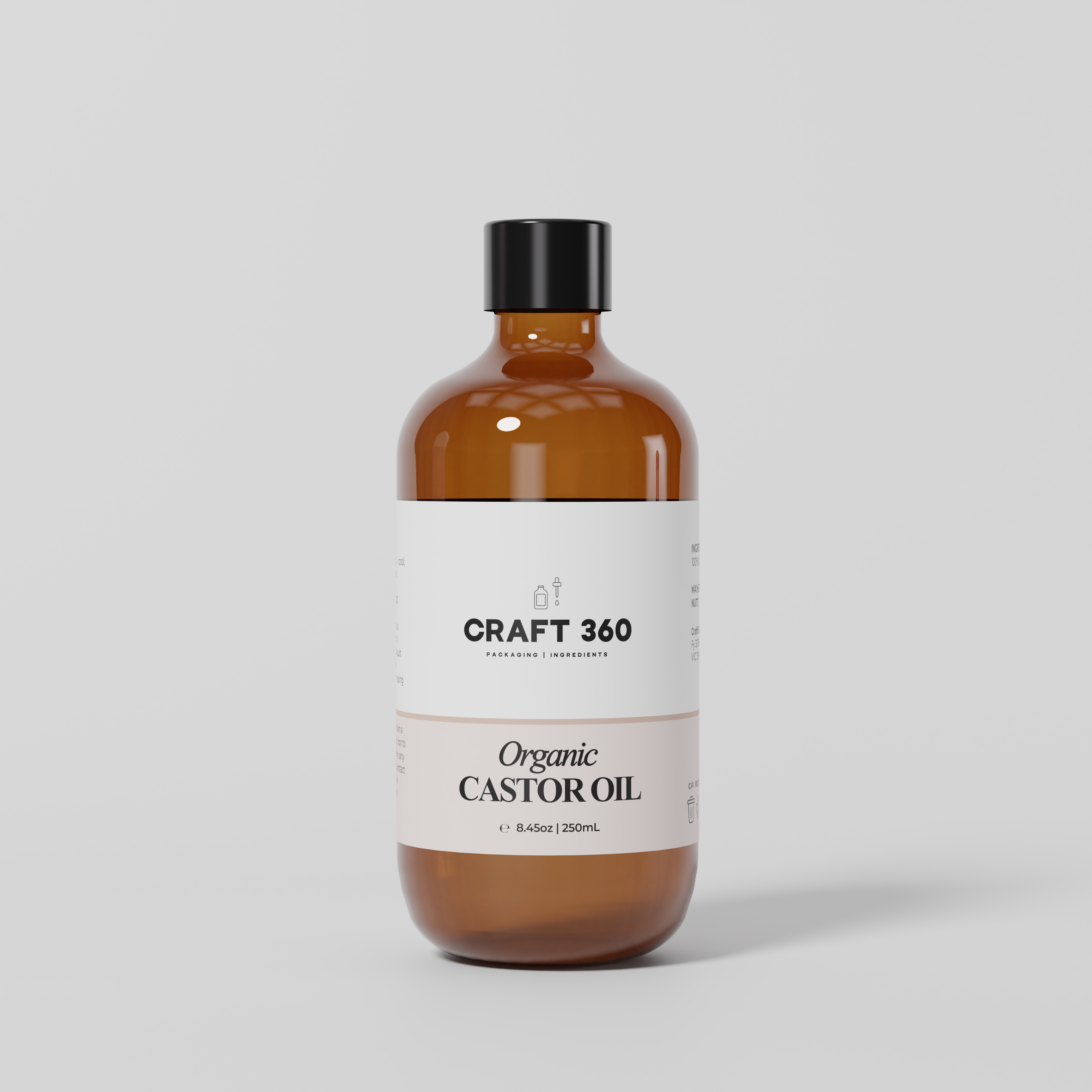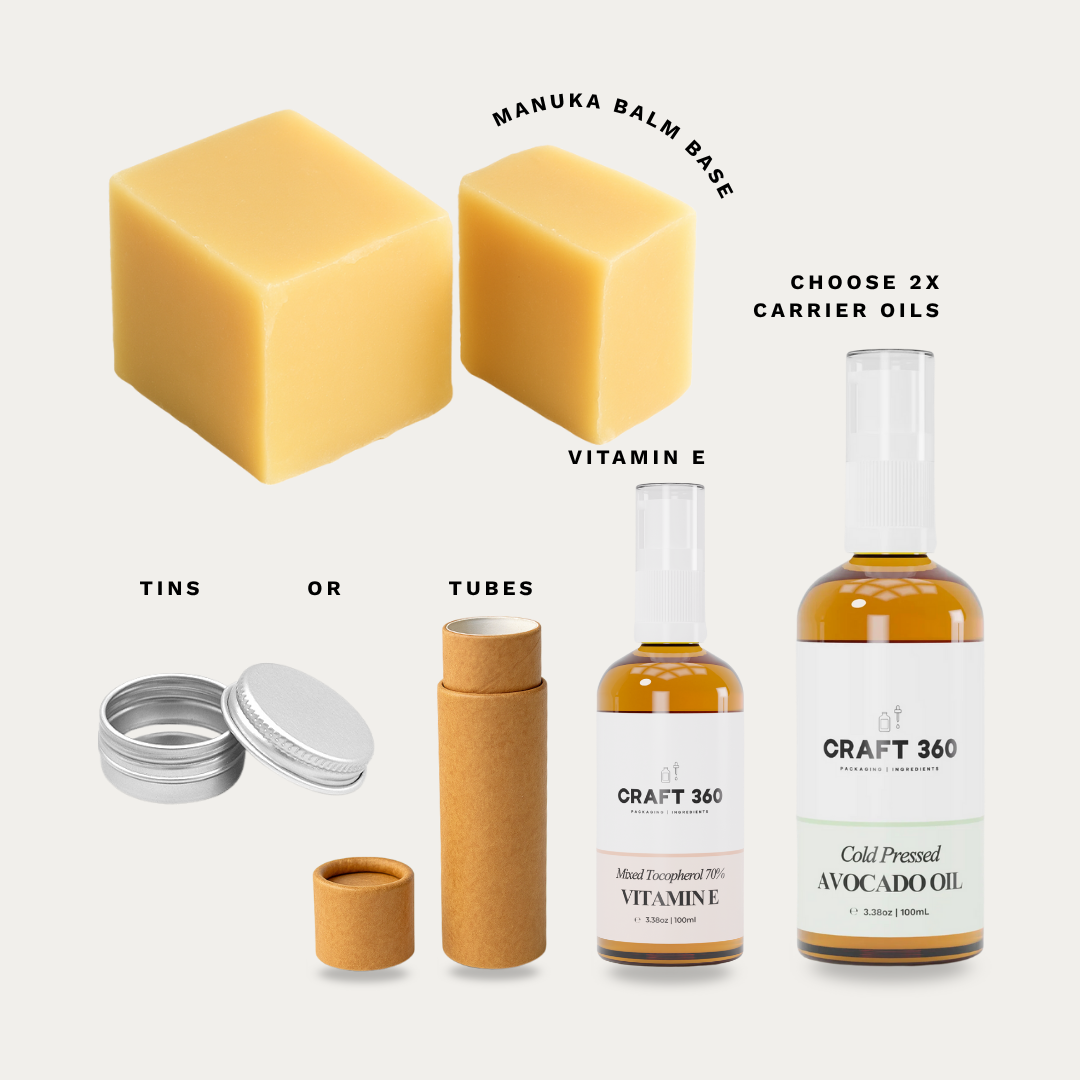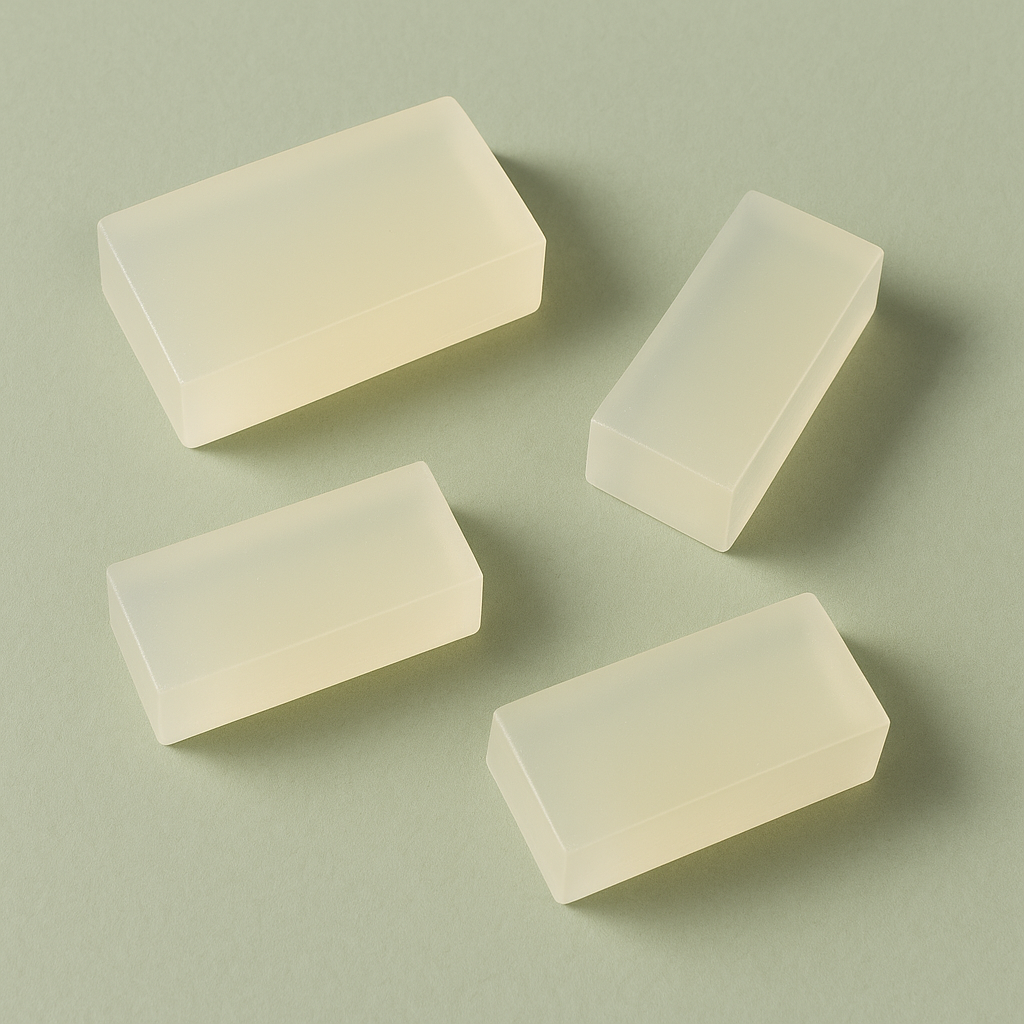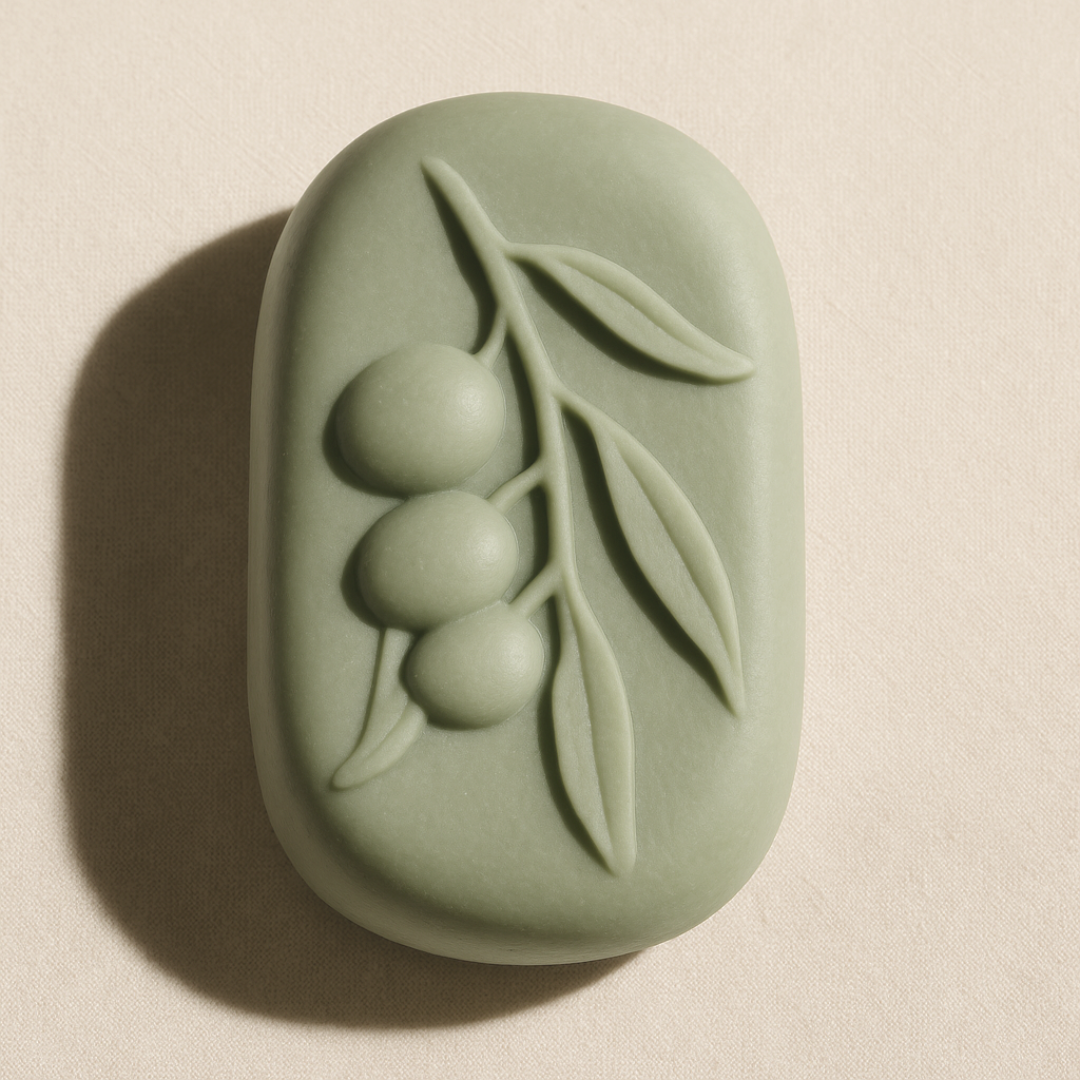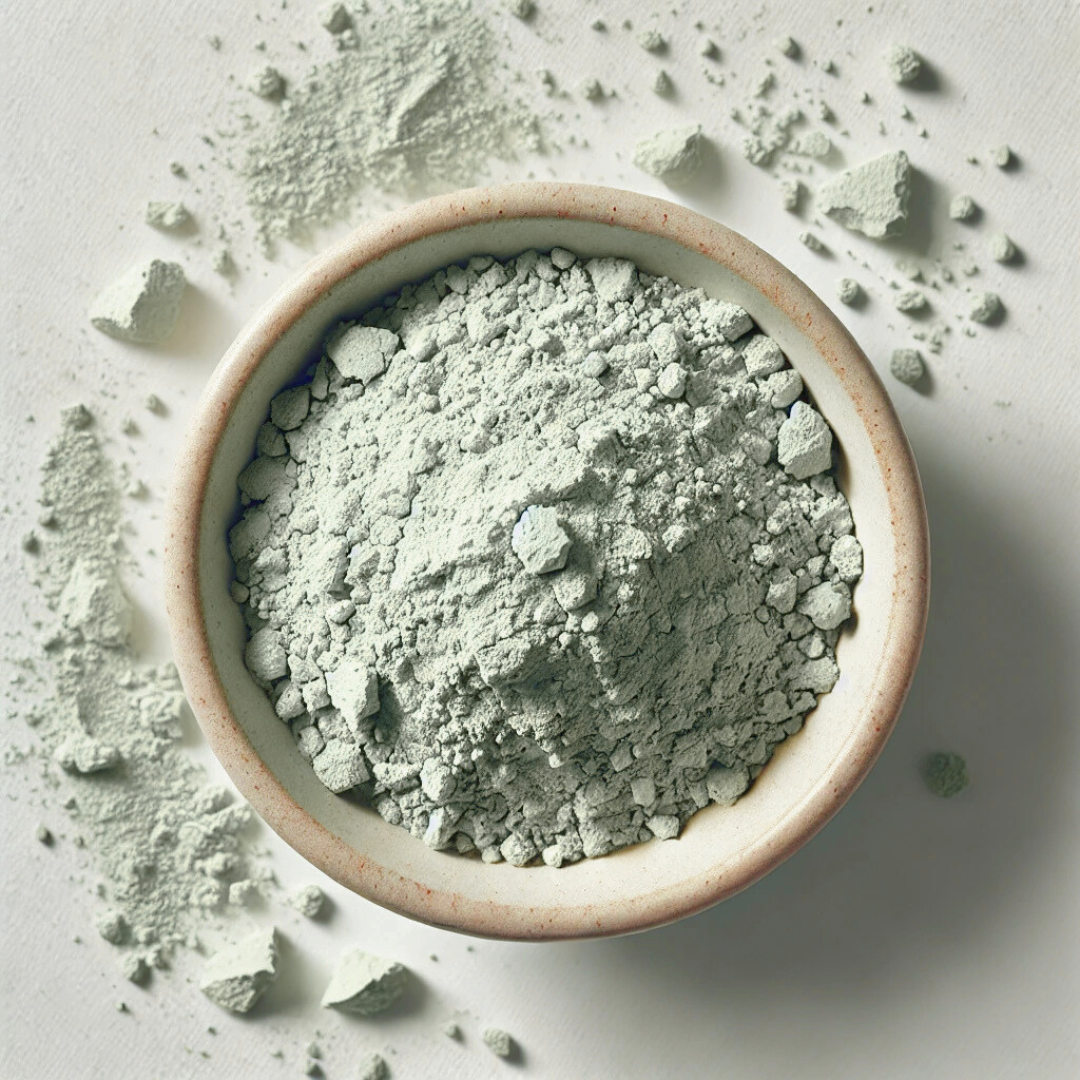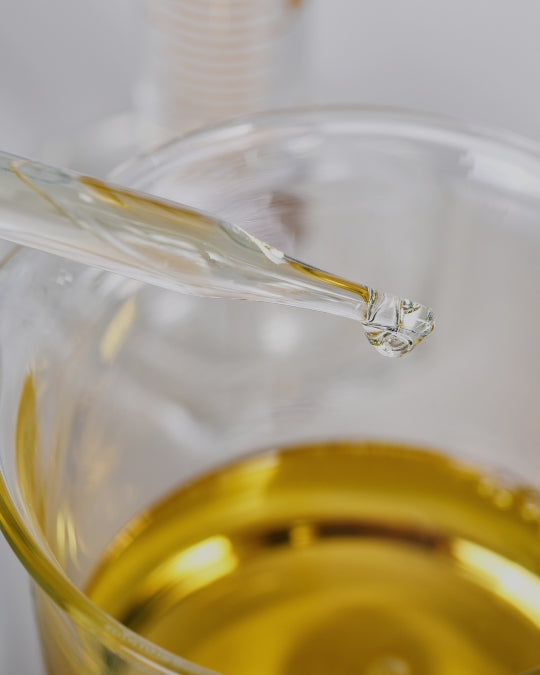Personal Note: Lately, Amy & I have been rewatching Mad Men, and it’s reignited something. That deep love for storytelling, brand building, design, and the kind of business instincts that shape entire industries. It got me thinking about the early pioneers of skincare, founders who didn’t just make products, but rewrote the rules of beauty and commerce. This piece is part of that journey: a tribute to Elizabeth Arden, and the quiet power of visionary branding that still echoes today.
Stick around to the end: I’ve broken down 5 practical things every beauty founder should borrow from Arden’s playbook.
Brand Lessons from Elizabeth Arden Every Skincare Founder Should Know

1936 Elizabeth Arden in her office reviewing product packaging. Source: Cosmetics and Skin
When we think about beauty trailblazers, Elizabeth Arden is often remembered for her polished legacy: the red door, the creams, the quiet sophistication. But before she became a global icon, she was Florence Nightingale Graham, a Canadian-born entrepreneur who built one of the first modern beauty empires in the early 20th century.
She pioneered concepts like the luxury salon, custom skincare routines, and wellness retreats at a time when women couldn’t even vote. Beneath the surface of elegance was a woman who saw the future long before the industry caught up.
Born December 31st, 1881, on a small farm in Ontario Canada, she had no formal training in cosmetics or business. What she did have was drive, vision, and a meticulous sense for experience. These qualities helped her shape not just a product line but a new way of thinking about beauty [3].
What makes her story even more remarkable is how she made it happen. In an era when women were routinely denied credit, she launched her first Fifth Avenue salon not with help from investors or banks, but with a $6,000 loan from her brother and her own savings [6]. That’s roughly $190,000 in today’s terms - a serious leap of faith in herself.
She repaid the loan within six months. There were no flashy backers, no immense family fortune, just relentless work and a vision she believed in. It took her less than a decade to redefine how women experienced beauty and change our world forever. Let's Begin.
Before the Red Door

Florence Graham in the family home in Ontario, Canada. Source: Cosmetics and Skin
Florence Nightingale Graham, later known as Elizabeth Arden, didn’t start in beauty. She grew up in modest circumstances in Ontario, Canada, and entered the workforce young after her mother’s early death.
Her early jobs included bank teller, secretary, and dental assistant. And it was in that dental office that her early flair for marketing quietly emerged. She launched a letter-writing campaign to reconnect with former patients and doubled the practice’s clientele in under a year.
Later, as a bookkeeper at E.R. Squibb & Sons in New York, she learned the inner workings of business: inventory, sales cycles, and product formulation. Unlike her society-born contemporaries, she could read a ledger as easily as she would later read a customer. That practical, behind-the-scenes experience became the quiet foundation of a beauty empire 4].
A Red Door That Said “Come In”

The portico entrance on Fifth Avenue, New York. This may be the original red door. Source: Cosmetics and Skin
In 1910, she opened her first Fifth Avenue salon. She painted the door red, not just for style, but for impact. At a time when beauty was still a behind-the-scenes routine, the vivid red door created an immediate sense of intrigue and invitation. It stood out in the sea of grey storefronts and quickly became an unforgettable visual signature [1].
Inside, women weren’t simply sold creams. They were offered rituals. Arden introduced facials, personalized consultations, and skin education to a public that was largely unfamiliar with the concept of preventative care. It was the beginning of beauty as experience.
Arden understood something that’s now marketing gospel: the power of a consistent, emotionally resonant brand marker. The red door wasn’t just a color, it was an entry point into a different experience. It communicated boldness, elegance, and exclusivity, and it’s still associated with luxury salons today.
Power of Personal Branding: Why She Became Elizabeth Arden

Florence Nightingale Graham a.k.a. Elizabeth Arden. Source: Cosmetics and Skin
At first, she went by Florence Nightingale Graham and launched her salon in partnership with Elizabeth Hubbard. But when the partnership quickly dissolved, she saw an opportunity. Rather than start over, she kept “Elizabeth”, already familiar to customers and paired it with “Arden,” inspired by a nearby estate she admired and Tennyson’s Poem Enoch Arden. It sounded refined, poetic, and distinctly American [6].
More than a name, it was strategy. In an era when women in business were often dismissed, “Elizabeth Arden” gave her both presence and mystery. She wasn’t just selling creams, she was crafting a world. One where customers bought not just skincare, but a feeling, a lifestyle, and a story she built with quiet precision. Long before personal branding became a buzzword, she understood its power, and used it to become both the face and the force behind her empire.
Science, Sophistication, and Skin Types
Arden’s genius wasn’t just in ambiance. She aligned herself with cutting-edge skincare science, decades before it became the norm. She was among the first to tailor skincare routines to skin types, an approach we now take for granted [9].
She also emphasized education, believing that every woman had the right to understand her own skin [4]. That value - empowering through knowledge - feels more relevant than ever. In a time when consumers are increasingly seeking substance over sales tactics, her approach mirrors what digital marketing pioneer Brian Clark once said: “These days, people want to learn before they buy, be educated instead of pitched.”
Tapping Into New Markets
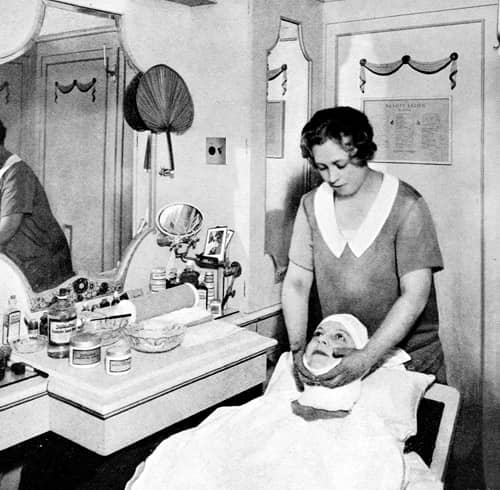
1928 Elizabeth Arden salon in the David Jones department store in Sydney, Australia. Source: Cosmetics and Skin
Elizabeth Arden redefined who beauty was for. At a time when makeup was seen as improper for “respectable” women, she saw an opportunity and leaned in. Through elegant salons and subtle, tailored products, she introduced skincare and cosmetics to debutantes, socialites, and upper-class women who had once avoided them.
It wasn’t vanity, it was refinement. By aligning with figures like Marlene Dietrich and Wallis Simpson, she turned beauty into a symbol of confidence and class. And by selling luxury to those who could still afford it, she weathered two World Wars and a global depression. By positioning her brand at the top end of the market, she ensured steady demand, even in uncertain times.
When the World Crashed, She Adjusted
During the Great Depression, Arden didn’t retreat. She reimagined. She introduced more accessible products, reduced pricing in her salons, and offered travel-sized versions to keep her brand within reach - a show of strategic flexibility during economic hardship [6].
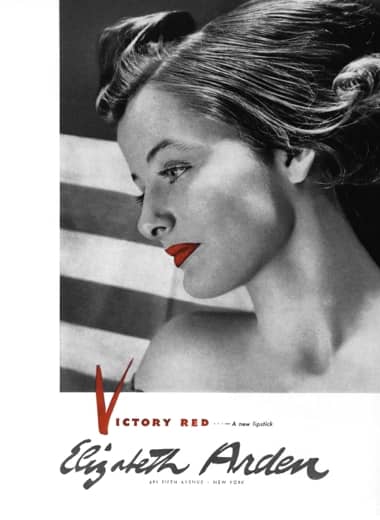
1941 Elizabeth Arden Victory Red Source: Cosmetics and Skin
And during World War II, she turned a time of crisis into a moment of connection. Commissioned to create cosmetics for women in the military, she launched “Montezuma Red,” a lipstick to match the red trim on military uniforms [2]. More than that, she encouraged citizens to invest in defense bonds, aligning her brand with national resilience and purpose.
This ability to meet the moment, without compromising her values, helped her not only survive but evolve. Her response to crisis wasn’t retreat. It was reinvention.
The Spa Before Wellness Was a Buzzword
In 1934, she opened the Maine Chance Spa. It was a destination that integrated skincare, diet, exercise, and rest long before “holistic” entered mainstream vocabulary [8].

1939 Vitamin Bar in the rooftop garden of Elizabeth Arden’s Paris salon. Source: Cosmetics and Skin
It was the first of its kind in the U.S., attracting society women, Hollywood actresses, and even presidents’ wives (USM Maine Digital Commons).
What we now call “the wellness industry”? She was already doing it. Quietly. Elegantly.
Obsession That Made the Brand
Arden was famously detail-driven. She inspected towels, trained her staff on tone of voice, and ensured the layout of every salon reflected her exacting standards [4]. Some see it as difficult. Others see it as the type of creative obsession that makes a founder unforgettable.
I think about this often, especially in a world that encourages scaling quickly. But sometimes, it’s the uncompromising little things - how your staff greet customers, the handwritten note in an order - that turn customers into loyalists.
Legacy That Lingers
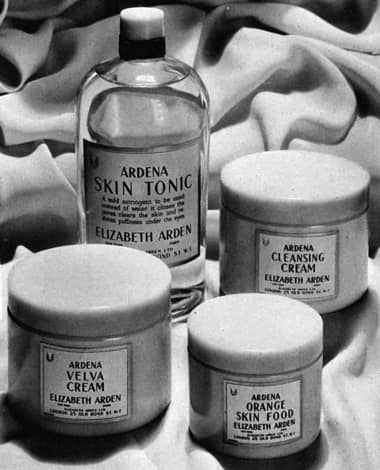
1938 Elizabeth Arden Ardena Skin Tonic, Velva Cream, Cleansing Cream and Orange Skin Food. Source: Cosmetics and Skin
In 1946, Elizabeth Arden became the first businesswoman to grace the cover of Time magazine. She built a global brand during a time when women couldn’t even hold credit cards in their name. She never sold her company. Never gave up control.
That kind of independence still feels radical today.
And her legacy isn’t just historical, it’s tangible. Her Eight Hour Cream Skin Protectant, created in 1930, remains a cult classic nearly a century later [5]. The brand now owned by Revlon, is still publicly traded and turns over around a Billion USD per year…
5 Lessons For Today’s Founders and Formulators
If you’re crafting small-batch skincare, launching your first product, or growing a community-driven brand, her story isn’t just vintage nostalgia. It’s a blueprint.
1. Think Brand Before Product
Elizabeth Arden didn’t just sell creams, she built an entire world. From the red door to her salon rituals, every detail communicated elegance and purpose.
Modern takeaway: Your product is one part of the experience. Design your brand to evoke a feeling - visually, emotionally, and experientially.
2. Know the Power of Positioning
Arden deliberately aligned with high-society women, actresses, and royals, making beauty aspirational and respectable. She priced accordingly and never raced to the bottom.
Modern takeaway: Know who you’re for. Don’t try to be for everyone. Premium positioning can help you survive uncertain times and attract customers who stick.
3. Adapt Without Losing Identity
During the Great Depression and WWII, she introduced travel-sized products, lowered prices strategically, and aligned with patriotic causes without diluting her brand.
Modern takeaway: Flex your offer when the market shifts, but protect the core of your brand. Reinvention doesn’t mean inconsistency.
4. Educate to Empower
Arden was one of the first to introduce skin education, tailoring routines to skin types and teaching women how to care for themselves.
Modern takeaway: Don’t just sell, teach. Content that empowers your customer builds trust, boosts perceived value, and sets you apart in a crowded market.
5. Obsess (Quietly) Over the Details
From towel folds to product placement, Arden’s obsession with customer experience made her brand unforgettable.
Modern takeaway: Thoughtful, consistent details, whether it’s your packaging, tone of voice, or handwritten thank-you notes can become your most powerful marketing tool.
After spending time immersed in her story, I found myself reflecting on just how much of it still applies - not in a nostalgic way, but in a practical, inspiring one. There’s a lot I’m personally taking with me into the next season of work, and I’m guessing you might find something in it too.
Because Arden didn’t just sell creams, she sold a red door. One that opened into something much bigger. A sense of possibility, elegance, and agency.
Want to Learn More?
1. 100 Years Behind the Iconic Red Door. (2010, November). Vanity Fair. Retrieved from https://www.vanityfair.com/style/2010/11/100-years-behind-the-iconic-red-door
2. Behind the Color: 1941 Victory Red. (n.d.). Women Marines Association. Retrieved from https://www.womenmarines.org/behind-the-color-1941-victory-red/
3. Elizabeth Arden. (n.d.-a). Wikipedia. Retrieved from https://en.wikipedia.org/wiki/Elizabeth_Arden
4. Elizabeth Arden. (n.d.-b). Britannica. Retrieved from https://www.britannica.com/money/Elizabeth-Arden-American-businesswoman
5. Elizabeth Arden Eight Hour Cream Is Half Price Right Now. (n.d.). Grazia Daily. Retrieved from https://graziadaily.co.uk/beauty-hair/skin/elizabeth-ardens-eight-hour-cream/
6. Elizabeth Arden: Our Heritage: Early Start. (n.d.). Elizabeth Arden Corporate. Retrieved from https://corporate.elizabetharden.com/heritage_early_start/
7. Elizabeth Arden: The history of the ‘miracle’ cream that Prince Harry used to cure his frostbite. (2023, April 30). El País. Retrieved from https://english.elpais.com/culture/2023-04-30/the-history-of-the-miracle-cream-that-prince-harry-used-to-cure-his-frostbite.html
8. How Elizabeth Arden Lured Urban One-Percenters to the Maine Woods. (n.d.). Down East. Retrieved from https://downeast.com/history/elizabeth-arden-belgrade-lakes/
9. Elizabeth Arden: The Canadian Encyclopedia. (n.d.). The Canadian Encyclopedia. Retrieved from https://www.thecanadianencyclopedia.ca/en/article/elizabeth-arden






